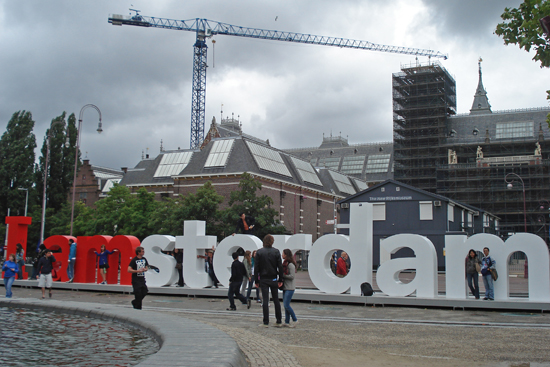Prague is what we expected and soooo much more..., maybe because it's our first time, but for sure it's beautiful. You know when you see a place and than you think how beautiful the places are in the old days before all the new modern tall building arrive. Well... it was a combination between that and a lot of romantic feelings.
And so the travel to Prague was for 4 days. We were going to the Garden of Petrin, Palace Garden (Urbovska) and St.Vitus Cathedral day one.
The Baroque Vrtba Garden is mentioned in every Prague Guide as one of the most beautiful in Prague - and it is very true! It is situated in the Lesser Quarter at the Petřín Hill foothill. The garden was created around 1725 on three terraces of Petřín Hill by František M. Kaňka, the statues in the garden were made by Matthias Braun and W. L. Reiner. The garden is named after its founder, the owner of the adjacent Vrtba Palace and vineyards, Jan Josef from Vrtba.
The Vrtba Garden comprises three terraces, in the lower part there is a sala terrena with mythological paintings by W.L.Reiner and statues by M. Braun. The middle part has a rich double staircase from the upper part there is wonderful viewing terrace decorated with figures of ancient gods.
We stayed in Hotel Golf, nice hotel and easy to take the tram that happens to be in front of the hotel, we can go to Mala Strana or any place where the tourist sites are, how romantic is that?

























































